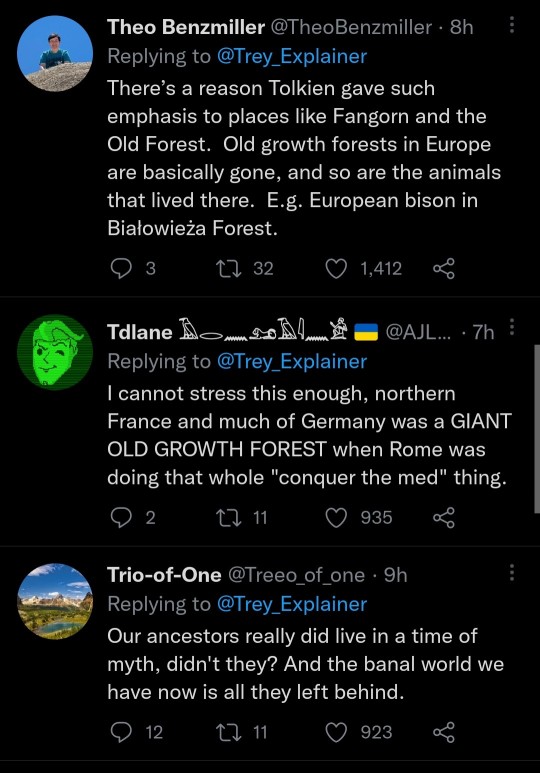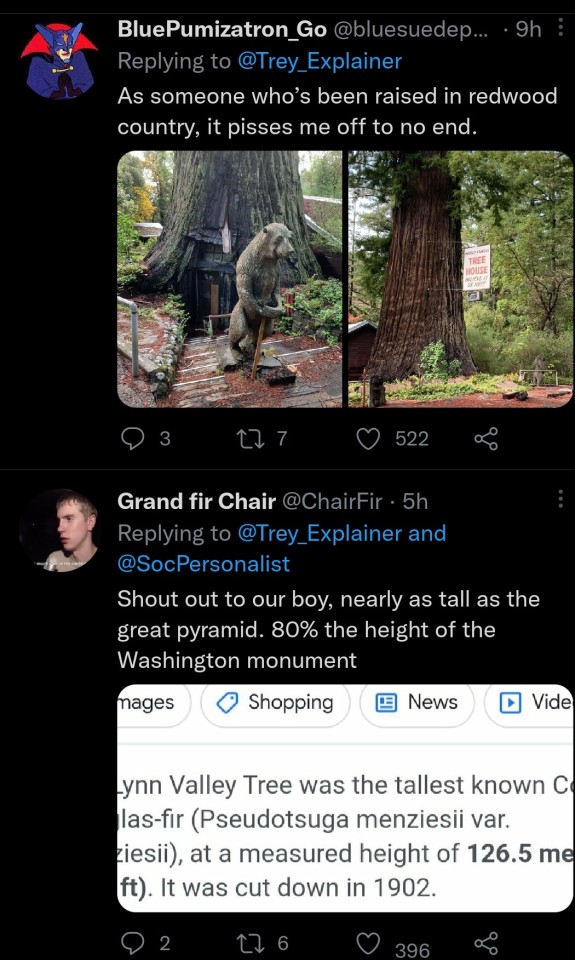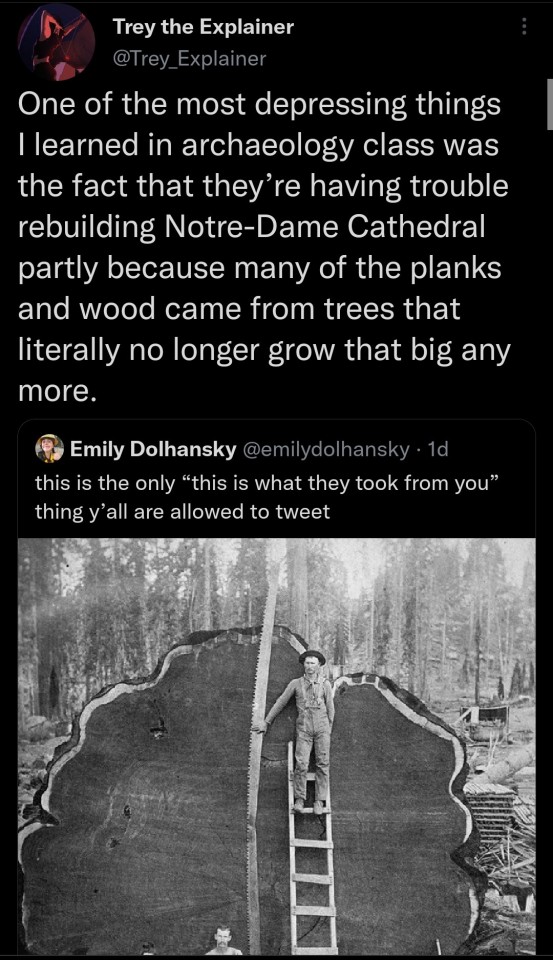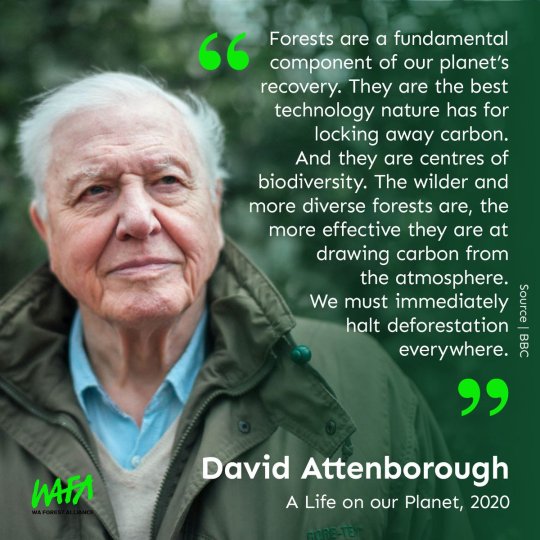#deforestation
Text
The World's Forests Are Doing Much Better Than We Think
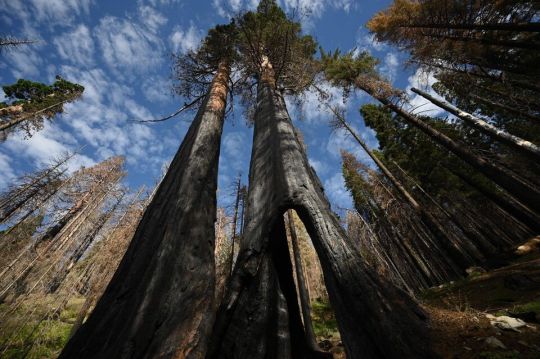
You might be surprised to discover... that many of the world’s woodlands are in a surprisingly good condition. The destruction of tropical forests gets so much (justified) attention that we’re at risk of missing how much progress we’re making in cooler climates.
That’s a mistake. The slow recovery of temperate and polar forests won’t be enough to offset global warming, without radical reductions in carbon emissions. Even so, it’s evidence that we’re capable of reversing the damage from the oldest form of human-induced climate change — and can do the same again.
Take England. Forest coverage now is greater than at any time since the Black Death nearly 700 years ago, with some 1.33 million hectares of the country covered in woodlands. The UK as a whole has nearly three times as much forest as it did at the start of the 20th century.
That’s not by a long way the most impressive performance. China’s forests have increased by about 607,000 square kilometers since 1992, a region the size of Ukraine. The European Union has added an area equivalent to Cambodia to its woodlands, while the US and India have together planted forests that would cover Bangladesh in an unbroken canopy of leaves.
Logging in the tropics means that the world as a whole is still losing trees. Brazil alone removed enough woodland since 1992 to counteract all the growth in China, the EU and US put together. Even so, the planet’s forests as a whole may no longer be contributing to the warming of the planet. On net, they probably sucked about 200 million metric tons of carbon dioxide from the atmosphere each year between 2011 and 2020, according to a 2021 study. The CO2 taken up by trees narrowly exceeded the amount released by deforestation. That’s a drop in the ocean next to the 53.8 billion tons of greenhouse gases emitted in 2022 — but it’s a sign that not every climate indicator is pointing toward doom...
More than a quarter of Japan is covered with planted forests that in many cases are so old they’re barely recognized as such. Forest cover reached its lowest extent during World War II, when trees were felled by the million to provide fuel for a resource-poor nation’s war machine. Akita prefecture in the north of Honshu island was so denuded in the early 19th century that it needed to import firewood. These days, its lush woodlands are a major draw for tourists.
It’s a similar picture in Scandinavia and Central Europe, where the spread of forests onto unproductive agricultural land, combined with the decline of wood-based industries and better management of remaining stands, has resulted in extensive regrowth since the mid-20th century. Forests cover about 15% of Denmark, compared to 2% to 3% at the start of the 19th century.
Even tropical deforestation has slowed drastically since the 1990s, possibly because the rise of plantation timber is cutting the need to clear primary forests. Still, political incentives to turn a blind eye to logging, combined with historically high prices for products grown and mined on cleared tropical woodlands such as soybeans, palm oil and nickel, mean that recent gains are fragile.
There’s no cause for complacency in any of this. The carbon benefits from forests aren’t sufficient to offset more than a sliver of our greenhouse pollution. The idea that they’ll be sufficient to cancel out gross emissions and get the world to net zero by the middle of this century depends on extraordinarily optimistic assumptions on both sides of the equation.
Still, we should celebrate our success in slowing a pattern of human deforestation that’s been going on for nearly 100,000 years. Nothing about the damage we do to our planet is inevitable. With effort, it may even be reversible.
-via Bloomburg, January 28, 2024
#deforestation#forest#woodland#tropical rainforest#trees#trees and forests#united states#china#india#denmark#eu#european union#uk#england#climate change#sustainability#logging#environment#ecology#conservation#ecosystem#greenhouse gasses#carbon emissions#climate crisis#climate action#good news#hope
3K notes
·
View notes
Note
what’s ikea doing in romania?
Illegal deforestation of our ancient forests

(The author does incorrectly call Romania a Soviet state when we were only part of the Warsaw Pact instead)


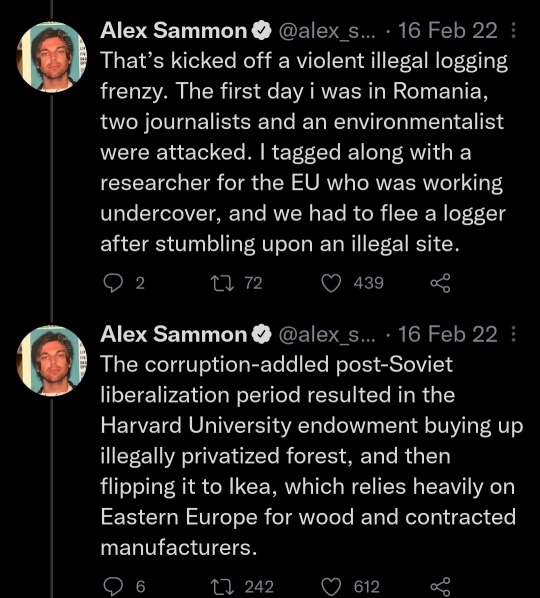
The article talks about how those journalists and environmentalist were attacked by 15 armed thugs and the police response (of basically letting the attackers go) as well as Romanian forests make up the vast majority of old-growth forests left in Europe
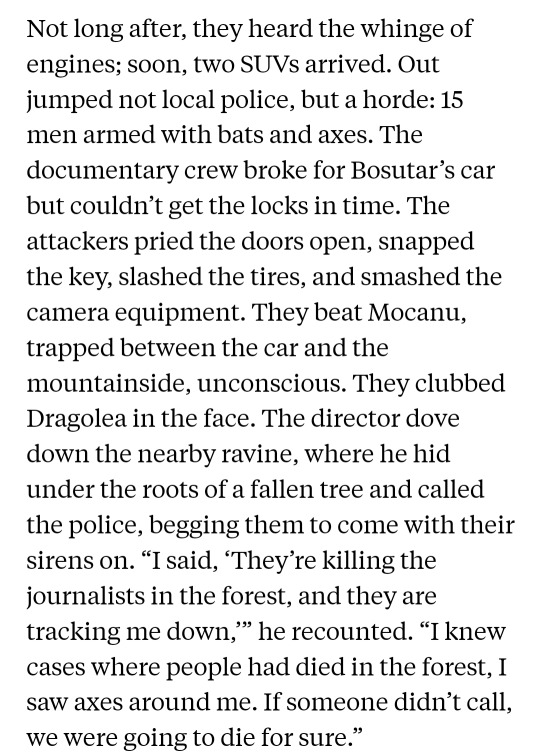
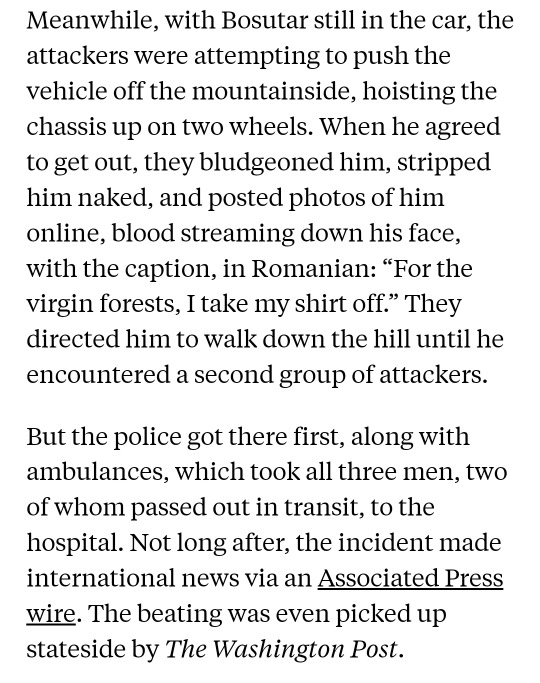

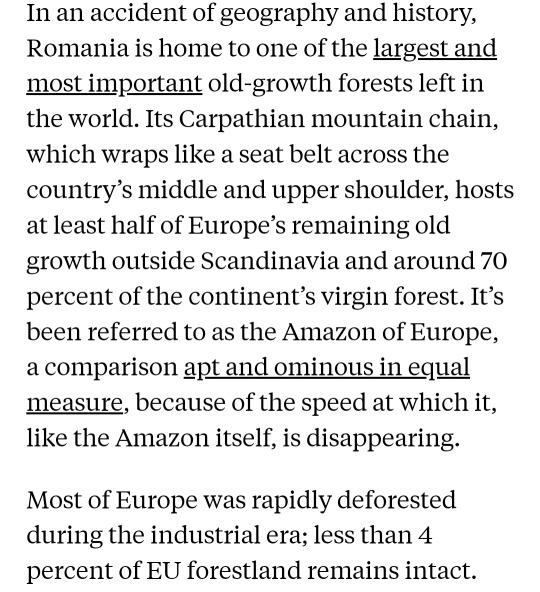
But Ikea is not the only one doing it
This article talks about Austrian companies doing the same illegal deforestation
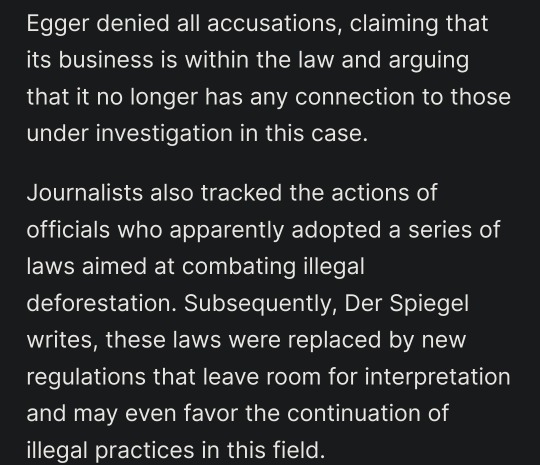

And it gives a better picture of how much forest is lost per year
#romania#ikea#imperialism#deforestation#pretty sure I had a couple extra articles but I couldn't find them#asks#anon
7K notes
·
View notes
Text
Congo: People care more about animals than their fellow humans & "Eco"-warriors.
KEEP YOUR EYES ON CONGO!!!
#free congo#congo genocide#democratic republic of the congo#save congo#dr congo#congo#animals#animal rights#eco friendly#conservation#deforestation#ethnic cleansing#genocide
818 notes
·
View notes
Text
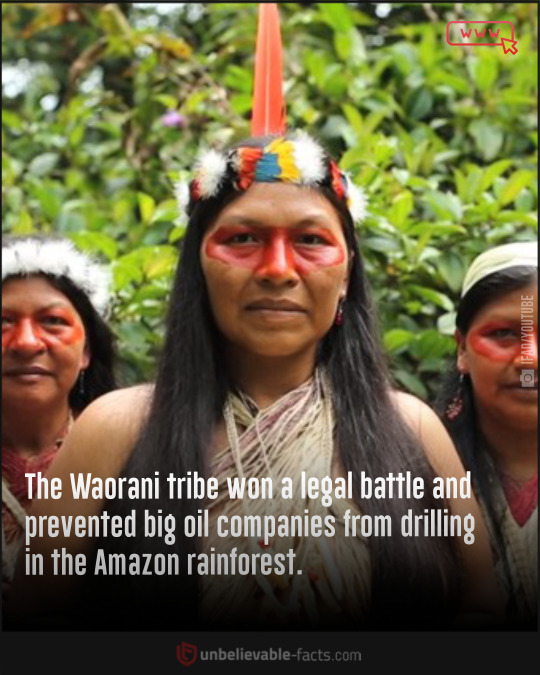
KNOW MORE
1K notes
·
View notes
Text
A Scottish research team believe they may have produced the "holy grail" alternative to palm oil.
It is estimated that almost half of all food and cosmetic products on supermarket shelves contain palm oil.
The huge demand has led to significant deforestation in areas where oil palm trees can grow near the equator.
Food experts at Queen Margaret University (QMU) in Edinburgh say their new 100% plant-based ingredient is 70% better for the environment.
And with 80% less saturated fat and 30% fewer calories, they are also hailing PALM-ALT as a significantly healthier option.
Catriona Liddle, one of the lead developers on the QMU team,
said: "It's the holy grail to replace it and still have exactly the same end result in product - to taste the same and have the texture the same - and we've done that.
Continue Reading.
692 notes
·
View notes
Text

Recently there was a patch of trees felled without warning.
It's nesting season, so it's very dangerous for the birds to destroy their trees. I've already seen woodpigeons mating in the nearby area about a month ago. I've seen birds such as woodpigeons, magpies, great tits, blue tits and a sparrowhawk in the area that's been felled (as well as robins, long-tailed tits, coal tits, blackbirds, goldfinches and house sparrows nearby). I have also heard a Jay nearby before, and one Facebook commenter has said there are nesting Jays. Additionally, it looks horrible - there used to be beautiful trees, and now there's just a thin strip of trees along the footpath, as well as a horrid big hole next to the car park. Our green spaces need more protection.
According to two councillor's Facebook posts, the Forestry Commission are investigating due to no felling licence or planning permission. They have served a Stop Notice. The matter has been raised with the wildlife crime team due to disturbance to nesting birds. The area has been allocated for development, but the felling has had insufficient regard for the environmental impact.
Developers will often illegally fell trees, then take the fine and build houses since it's already been destroyed. However, they could now be issued a restocking order, and would have to replant the trees.
I've seen two messages on the gate to the site protesting this, so I made this piece. If there's public uproar it could hopefully make them think twice next time, even if it doesn't save this one.
#robin#robin redbreast#european robin#erithacus rubecula#erithacus#muscicapidae#passeriformes#bird#birds#birb#deforestation#save the trees#environment#art#painting#traditional art#artists on tumblr#bird art#wauk wauk
388 notes
·
View notes
Text


#just wanted to put these together! They're siblings#mothman#Bigfoot#sasquatch#sasqua#artists on tumblr#art of mine#prints#ink drawing#cryptid#deforestation#ghosts
300 notes
·
View notes
Text

Half the land earmarked for regeneration by the 34-country African Forest Landscape Restoration Initiative (AFR100) is in savannah or other non-woodland areas, says a paper published in Science on Thursday.
[...]
“There is a vast area of non-forest across Africa that is earmarked for restoration, principally through tree planting,” said Catherine Parr, a co-author of the paper and an ecologist at Liverpool, Pretoria and Witwatersrand universities. “The focus solely on forests and trees is highly problematic for these non-forest systems.”
The AFR100 project seeks to restore at least 100mn hectares of degraded land — an area the size of Egypt — in Africa by 2030, with big plans in countries including Cameroon, Ethiopia, Mali and Sudan. The initiative’s backers include the German government, the World Bank and the non-profit World Resources Institute.
But about half of the approximately 130mn hectares that African countries have committed to restore through AFR100 is earmarked for non-forest ecosystems, principally savannahs and grasslands, according to the paper.
[...]
The dispute over the research highlights growing friction over pledges by philanthropists and corporate leaders to plant a trillion trees worldwide. These ambitious plans face obstacles including potential shortages of available land suitable for planting. Other questions concern how effective newly planted trees are at locking in significant amounts of carbon dioxide — and how vulnerable they are to risks such as forest fires.
“There’s such a big focus at international level on deforestation, but the level of sophistication and understanding about ecosystems writ large is really low,” said Alex Reid, a policy adviser on nature and finance at Global Witness, a non-profit group.
Some scientists and conservationists argue that it is better to focus on preventing deforestation, by creating incentives to retain woodland areas. Greenhouse gases released by deforestation make up about 11 per cent of global emissions, according to the Intergovernmental Panel on Climate Change.
229 notes
·
View notes
Text
‘This loss of cultural memory, this great forgetting that we once had rainforests, is almost as heartbreaking as the loss of the forests themselves. It points to a phenomenon that ecologists call ‘shifting baseline syndrome’: society’s ability to grow accustomed to environmental losses.
What appears to us today as a ‘green and pleasant land’ is, in reality, a desert compared to the glory of what once existed. There were giants on the Earth in those days. If we are to stand any chance of restoring our lost rainforests, we first need to remember we once had them.’
-Guy Scrubsole, The Lost Rainforests of Britain
475 notes
·
View notes
Text
Hawaii - "Government Officials Contradict Own Citizens" Accounts on Maui Fire Disaster.
7 Nov 2023
In the aftermath of the devastating August fire that claimed over 100 lives in Lahaina, Maui, an independent journalist partnered with Project Veritas to investigate the claims of Lahaina residents who shared their water and electricity was not functioning on the morning of the deadly fire.
This journalist held meetings with multiple representatives from the Maui mayor’s office and the governor's office, all of whom clung to the official narrative that the water supply had not been interrupted.
As the historic town of Lahaina continues to grapple with the devastating aftermath of these fires, community members continue to raise questions about the government’s emergency response.
#Lahaina#Maui#Hawaii#USA#Wildfires#climate#environment#deforestation#15 minute cities#smart cities#Government#Project Veritas
189 notes
·
View notes
Text

Tesla, plus French and German companies, all linked to massive nickel mining plans
A unique uncontacted tribe could be wiped out by a massive Indonesian project to produce nickel for electric car batteries.
A vast mining scheme on the island of Halmahera is part of Indonesia’s plan to become a major producer of electric car batteries – a plan into which Tesla and other companies are pouring billions of dollars.
But nickel mining is set to destroy vast areas of the forested interior of Halmahera. These forests are inhabited by 300-500 uncontacted members of the Hongana Manyawa tribe. If mining goes ahead as planned, they will not survive the destruction.
The Hongana Manyawa – which means ‘People of the Forest’ in their own language - are one of the last nomadic hunter-gatherer tribes in Indonesia.
They now face the threat of seeing their land, and everything they need to survive, destroyed by corporations rushing to provide a supposedly ‘sustainable’ lifestyle to people thousands of miles away.
(continue reading)
#politics#tesla#elon musk#hongana manyawa tribe#people of the forest#capitalism#indonesia#nickel mining#deforestation#crimes against humanity#halmahera
539 notes
·
View notes
Text
"Mexico’s government recently announced the creation of 20 new protected areas across 12 states and two coastal areas in the country, covering roughly 2.3 million hectares (5.7 million acres). This follows a series of budget cuts to the nation’s environmental agencies.
Officials introduced four new national parks, four “flora and fauna protection areas,” seven sanctuaries, two biosphere reserves and three “natural resources protection areas” under the protection of the National Commission of Protected Natural Areas (CONANP).
“This is a commendable step toward biodiversity conservation and environmental protection,” said Gina Chacón, director of the Wildland Network’s public policy program in Mexico. She told Mongabay these new areas will help preserve the country’s rich ecosystems, foster sustainable practices and protect a broad range of important species and habitats. Though some environmental and Indigenous groups are wary the budget cuts could hinder efforts to conserve these areas.
The newly protected areas will preserve habitat and ecologically important marine areas for various species, including whale sharks (Rhincodon typus), Mexican prairie dogs (Cynomys mexicanus) and jaguars (Panthera onca). They will also help safeguard ecologically important coral reefs and areas of cultural significance to Indigenous communities.
Bajos del Norte, a new national park in the Gulf of Mexico, is the largest new protected area, covering 1,304,114 hectares (3,222,535 acres), almost nine times the size of Mexico City. The area is important to the more than 3,000 families that belong to fishing communities on the Yucatán coast. It is also one of the main grouper fish (Epinephelinae) reproduction sites in the Gulf of Mexico and will safeguard threatened species, such as the rocky star coral (Orbicella annularis) and the hawksbill turtle (Eretmochelys imbricata).
Joaquín Núñez Medrano, the secretary of the UEFAHG or Union of Forestry and Agricultural Ejidos Hermenegildo Galeana A.C. (Unión de Ejidos Forestales y Agropecuarios Hermenegildo Galeana), lives in an ejido — a type of communally owned land used for agriculture and forestry purposes — called Cordòn Grande in Sierra Grande of Guerrero, along the Pacific Coast. For more than 10 years, Medrano’s community has monitored species such as the jaguar and sustainably managed the ejido’s natural resources, without government assistance.
But now, the ejido has been designated a protected area in this latest round of decrees, as it falls inside part of the new Sierra Tecuani reserve. “The goal is to strengthen what we have already been doing but with support to do it much better,” he told Mongabay.
The second- and third-largest newly protected areas are Sierra Tecuani, a 348,140-hectare (860,272-acre) biosphere reserve threatened by illegal logging, forest fires and land use changes, and the Semidesierto Zacatecas Flora and Fauna Protection Area, which is important for the recovery of the Mexican prairie dog.
The state of Oaxaca is where the government created the most new protected areas, numbering three: the 90-hectare (222-acre) Playa Morro Ayuta Sanctuary, the 56-hectare (138-acre) Barra de la Cruz-Playa Grande Sanctuary and the 261-hectare (645-acre) Playa Cahuitán Sanctuary. Other protected areas were created in the states of Quintana Roo, Veracruz, Campeche, Nayarit, Zacatecas, Chiapas, Colima, Durango, Jalisco, Chihuahua, Guerrero and the State of Mexico...
President Andrés Manuel López Obrador has protected more areas than any previous administration, with a total of 43 new areas across 3 million hectares (7.4 million acres). But Mexico’s Secretariat of Environment and Natural Resources (SEMARNAT), which works to safeguard the environment, has become severely cash-strapped throughout his six-year term.
SEMARNAT is one of many sectors in Mexico undergoing funding cuts. In recent years, Obrador’s government has implemented a series of strict austerity measures to free up more money for other areas like pensions and wages, boosting the leader’s popularity among citizens, particularly the working-class. Judicial workers, health services and academia have also had their budgets slashed in 2024...
Juan Bezaury-Creel, the director of the organization Fundación BD BioDiversidad Mexicana, said a protected area is better than no protected area because, once a decree is formalized, the government has a duty to protect it. However, this puts “huge pressure on existing personnel because they have to take care of more surface area with less resources,” he told Mongabay.
“The personnel from CONANP are heroic,” he said. “They are putting their lives on the line many times with little budget and little help.”"
-via Mongabay, January 25, 2024
#mexico#lopez obrador#andrés manuel lópez obrador#protected areas#environment#deforestation#environmental issues#national park#gulf of mexico#yucatán#oaxaca#endangered species#good news#hope#whale shark#prairie dog#jaguar
336 notes
·
View notes
Text
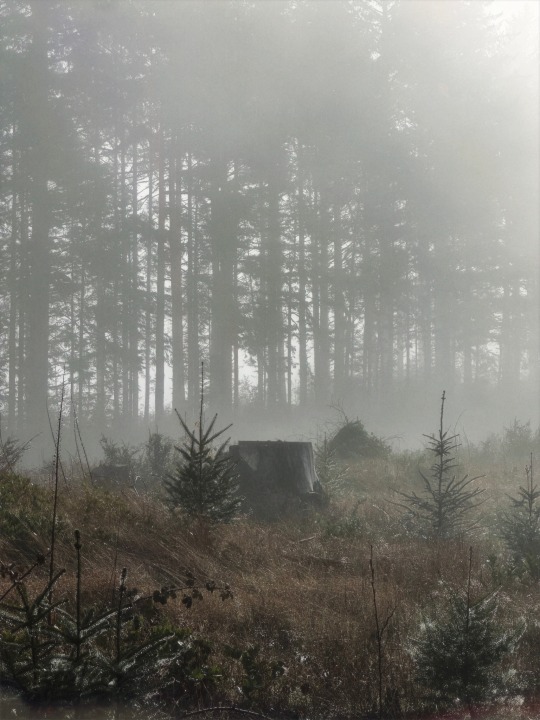
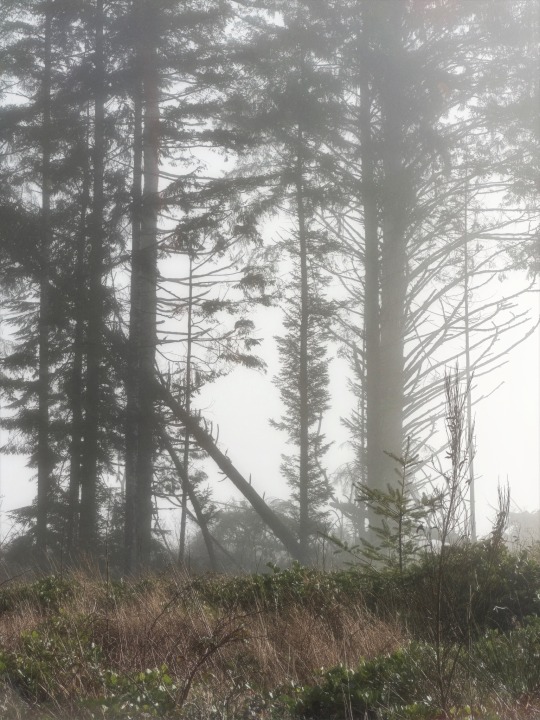
Logged forest in coastal Oregon
#photography#southern gothic#aesthetic#nature#pacific northwest#americana#rural decay#rural gothic#regional gothic#deforestation#logging
102 notes
·
View notes
Text
Deforestation in the Brazilian Amazon fell by half last year, according to figures released Friday, as President Luiz Inacio Lula da Silva's government bolstered environmental policing to crack down on surging destruction.
However, the news was far less bright from the crucial Cerrado savanna below the rainforest, where clear-cutting hit a new annual record last year, rising by 43 percent from 2022, according to the national space research agency's DETER surveillance program.
Continue Reading.
215 notes
·
View notes
